Menu
close
See how 3D printing of high-performance polymers and composites can save your time and money! This article opens the 6 things that miniFactory 3D Printing Technology does better than conventional manufacturing methods.
3D printing is achieving its breakthrough in industrial manufacturing, and it can be found in the selections of an increasing number of companies operating in the manufacturing industry. Highly cost-effective technology, combined with the benefits and opportunities they offer, have made 3D printing a respectable manufacturing technology alongside conventional manufacturing technologies. See the 6 things that miniFactory 3D Printing Technology does better than conventional manufacturing methods.
Conventional manufacturing methods are known to be effective when it comes to mass production. However, when individual prototypes, pilot parts, spare parts, low volume production series, tools or jigs are needed, conventional manufacturing methods are not the optimal solution due to their high set-up costs. When utilizing 3D printing technology, there are no significant setup costs and parts can be manufactured directly from a digital model. 3D printing does not require molds, for example, which is a significant advantage in cost management. The versatile miniFactory 3D printer is a sensible investment, and it enables the manufacturing of parts from tens of different thermoplastics, from engineering polymers all the way to high-performance polymers and polymer composites. Thismakes our technology a flexible and cost-effective manufacturing method for anyone.
Launching production using conventional manufacturing methods requires the manufacturing of molds, factories to be ramped up to speed and the procurement of material blocks. Overall, the process is time-consuming and it takes an average of 15-60 days to get the first parts. When utilizing 3D printing, there are none of the aforementioned costs and the first parts can already be completed by the very next day. Short delivery time combined with a cost-effective manufacturing method allows products to enter the market quickly. It also allows for quick reactions in production and the modifying of parts on the fly. When the miniFactory 3D printer is installed for your own use, the necessary components can be manufactured directly to your needs independently and, most importantly, very quickly.
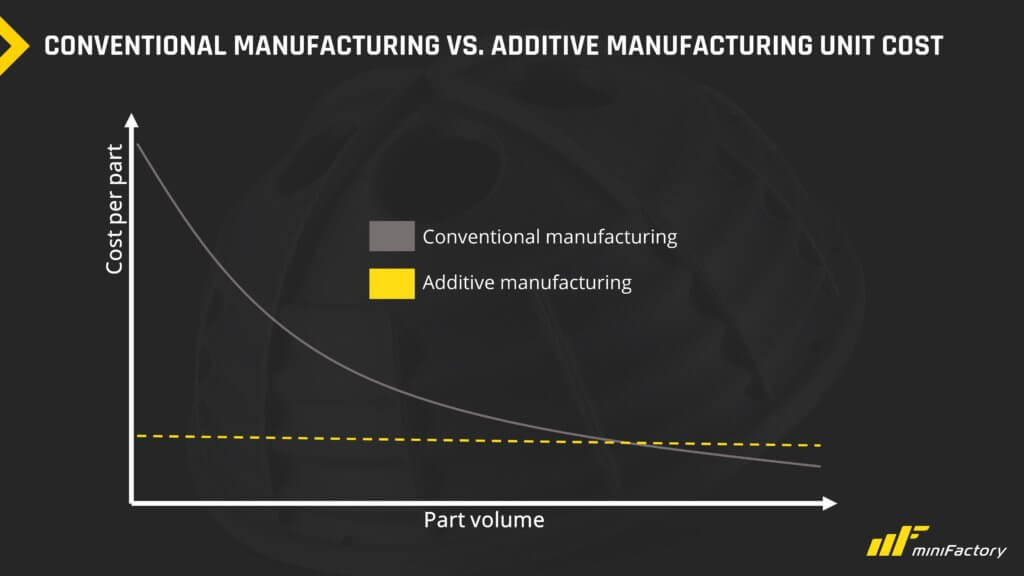
Injection molding for example requires mass production to cover the general costs of tooling, assembly work and production. Even a simple mold can cost thousands of euros, so production series need to be large in order for the unit costs of the manufactured parts to be rational. This in turn increases the risk for the user or buyer when it comes to low volume parts, and generates costs in inventory management.
One of the niceties of 3D printing is the fact that the complexity of the manufactured parts does not increase manufacturing costs.The unit cost of parts made with miniFactory 3D printing technology remains the same whether the production volume is 1 or 1,000 pcs, and regardless of the part's geometry. This makes the manufacturing method a perfect solution when speaking of production series in that particular size range. The purchase price of industrial 3D printers is already tempting as it is, so with a sensible investment in a miniFactory 3D printer, you can gain a significant competitive advantage and save in the manufacturing of parts.
When it comes to subtractive manufacturing methods, material is removed from the material block until the part is complete. There are two challenges. In this type of manufacturing, the material loss is often significant, up to 70-80% of the original block. Second, the availability of material blocks is limited, especially when it comes to high-performance polymers and polymer composites. There are no such restrictions in 3D printing. There is virtually no material loss in the manufactured parts, and the geometries of the parts can be very complex including various integrated functions. For example, a 33x18x18cm block made of PEEK or ULTEM material is likely not even available. If it were, the price would be thousands rather than hundreds of euros. If 70% of that raw material ends up on the floor as plastic chips during the manufacturing process, we are talking about a significant material waste.
With the help of miniFactory technology, a part in the same size range can be 3D printed at a fraction of the cost compared to a machined part. 3D printing technology offers unprecedented design freedom, and the stock shapes of the raw materials do not have to be the starting point for the designing process.
Unlike conventional manufacturing methods, 3D printing allows parts to be manufactured directly on demand, where they are needed. As a result, the need for physical inventory is reduced and inventory management becomes more efficient. Wherein parts produced by conventional methods have to be manufactured/purchased in large batches, 3D printing can be used to produce individual parts as needed. How would it sound like to have a warehouse stocked with 1pcs. of each spare part, and when a part is taken into use, the replacing part appears on the shelf the very next day. By utilizing 3D printing, the warehouse becomes virtual, which means that the required storage space and the capital tied up in the warehouse is significantly smaller.
miniFactory technology enables 3D printing of a number of industry-certified materials , enabling parts to be manufactured in a variety of industries to suit the demand. Due to its rational investment grade, miniFactory 3D printing technology can be utilized in distributed manufacturing, with x number of systems installed at different locations, while the printable models move digitally from one location to another. Thus, parts can be produced where they are needed, when they are needed.
In 3D printing, the manufacturing costs of individual parts, prototypes, and production aids are minimal compared to those of conventional manufacturing methods. This allows for bold designing experiments and an ideal out-of-the-box way of thinking, which is more likely to lead to remarkable innovations. An unlimited number of changes can also be made to existing products based on customer feedback, which is important for guaranteeing the best possible customer experience. By utilizing 3D printing, an iterative round of product development can be up to 90% cheaper and faster compared to those conducted using conventional manufacturing methods. With miniFactory 3D printing technology, prototypes can be produced with authentic materials in a variety of industries, ensuring that the parts are truly functional prototypes and not just visual replicas. With the same technology, you can also later produce pilot parts and even production series.
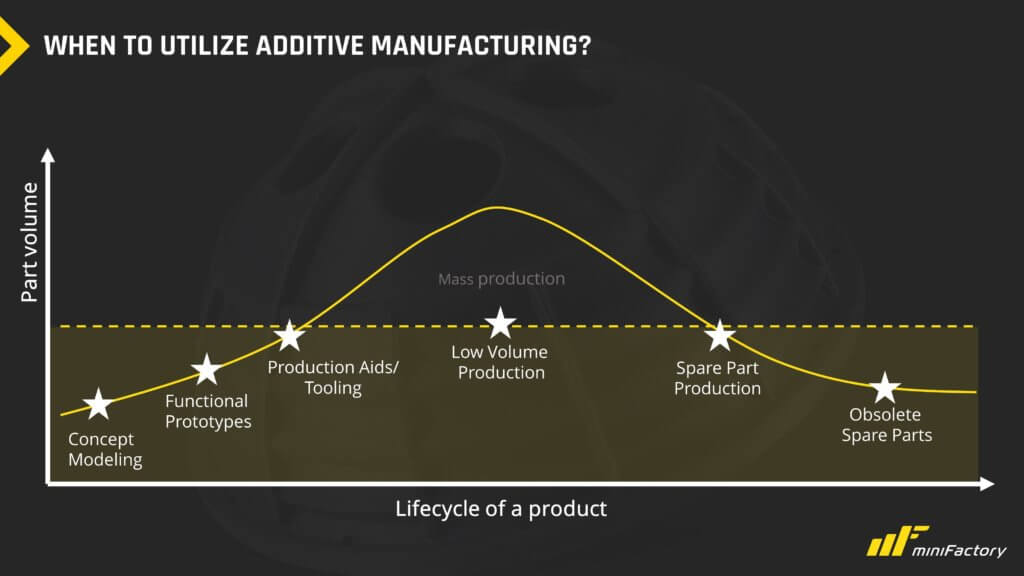
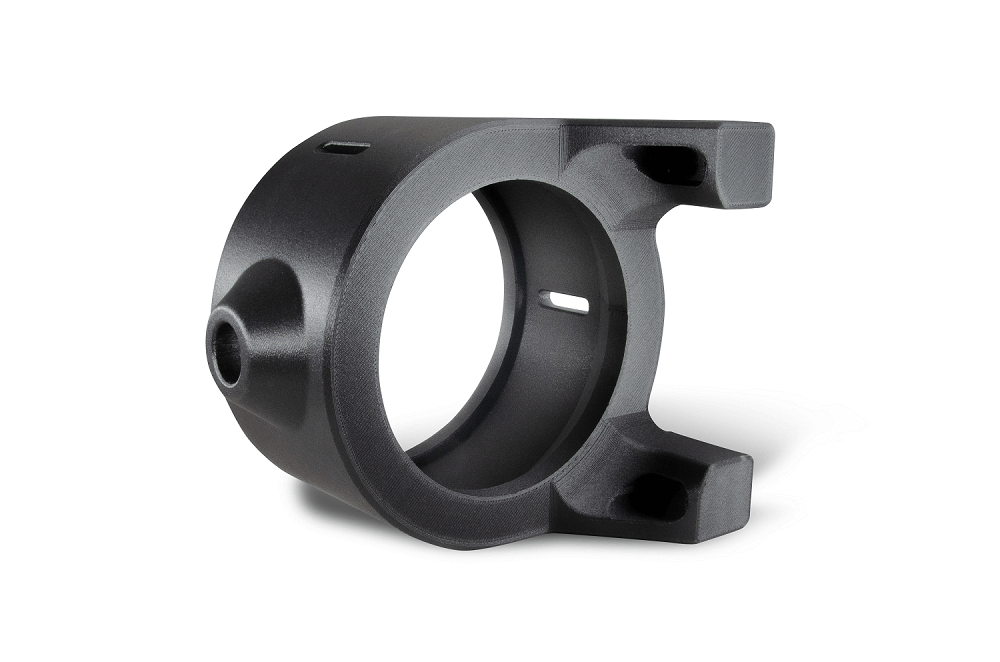
A defense industry vehicle bracket made of a carbon fiber reinforced PA material. The material is very durable and can be exposed to temperatures up to 150C, making it a great option for this particular application.
Part size 18(d) x 12cm, and the cost per part 40€ made out of PA CF.
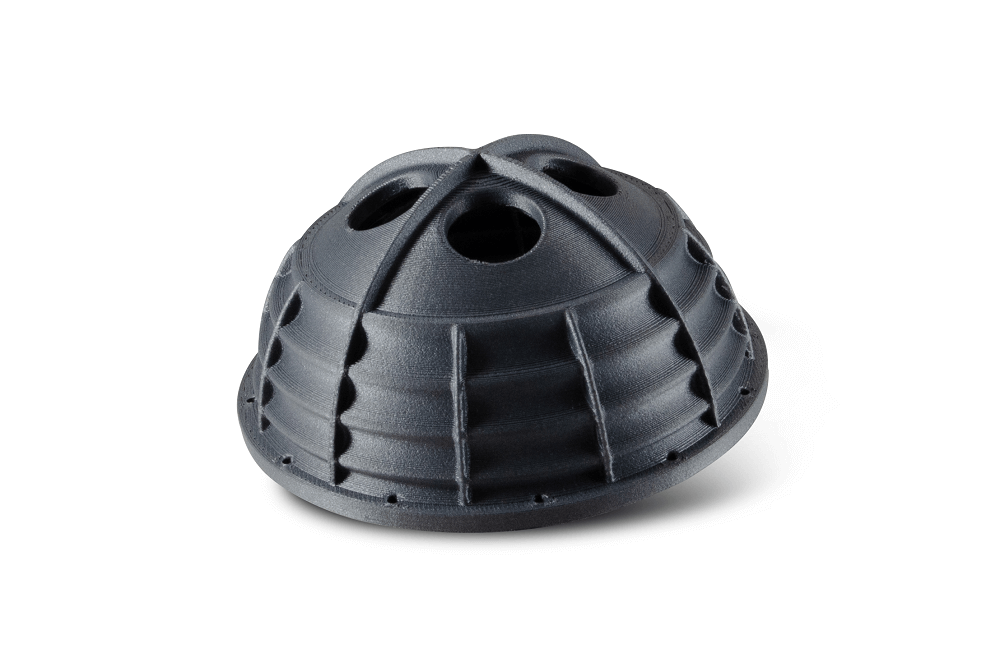
A part of a casing for an aerospace industry sensor replacing the current metal part. The part is made of a carbon fiber reinforced PEEK material. The material can withstand a continuous operating temperature of up to 250C, it has excellent chemical resistance and furthermore, it is a mechanically strong material.
Part size 14(d) x 7cm, and the cost per part 110€ made out of PEEK CF.
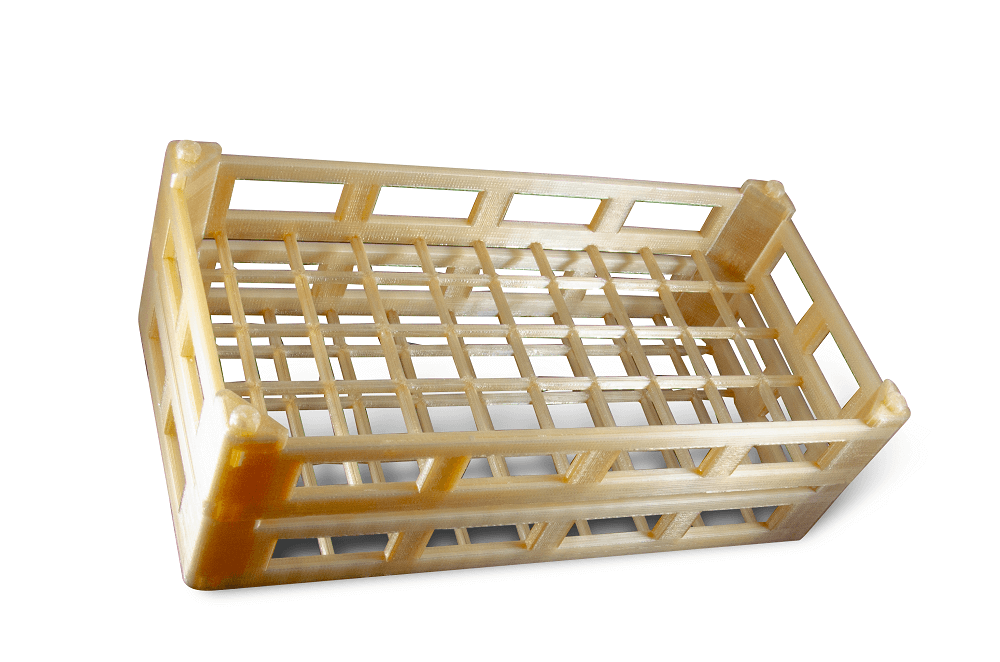
A medical industry sterilization container, designed according to the sterilizable parts. The part is made of certified PPSU material. The material is extremely resistant to chemicals and can be sterilized using majority of sterilization methods from autoclave to gamma irradiation. The material can withstand an up to 220C continuous operating temperature.
Part size 25x13x8cm, and the cost per part 90€ made out of PPSU.
"*" indicates required fields